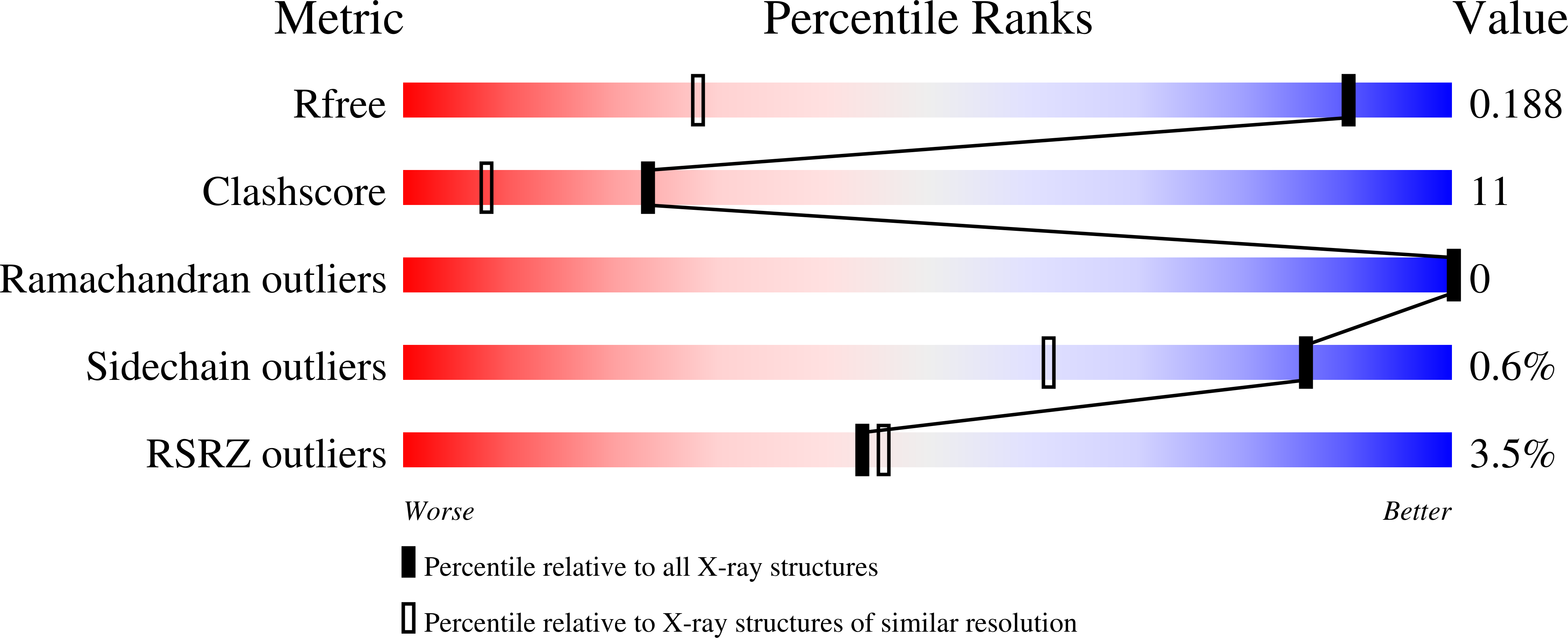
Deposition Date
2009-07-07
Release Date
2009-09-29
Last Version Date
2023-09-06
Entry Detail
PDB ID:
3I6O
Keywords:
Title:
Crystal structure of wild type HIV-1 protease with macrocyclic inhibitor GRL-0216A
Biological Source:
Source Organism:
Host Organism:
Method Details:
Experimental Method:
Resolution:
1.17 Å
R-Value Free:
0.19
R-Value Work:
0.15
R-Value Observed:
0.16
Space Group:
P 21 21 2


